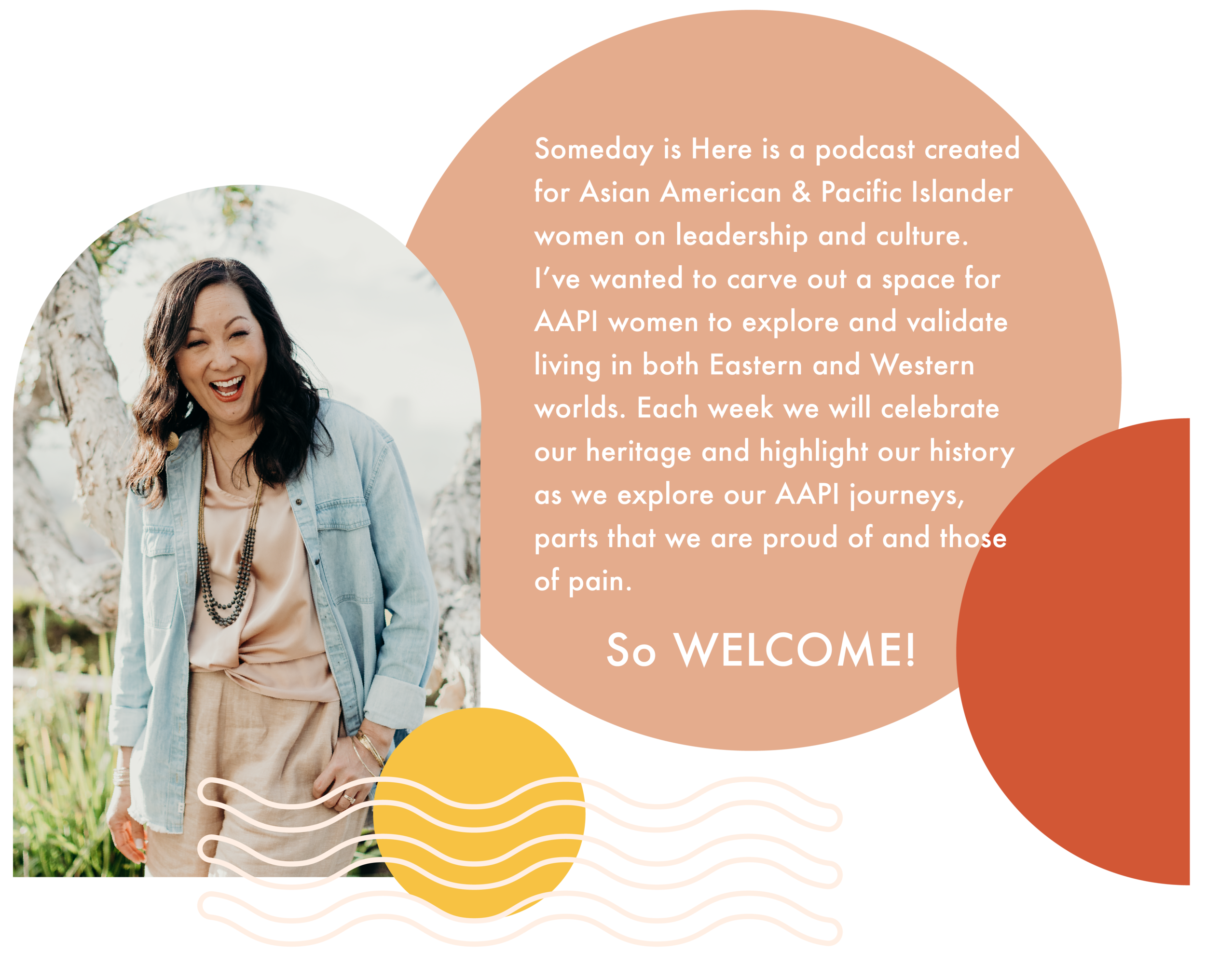Episode 33 - Sandhya Oaks
Episode 33 w/ Sandhya Oaks
“Defiant hope kept me alive.” Such a powerful, moving, and informative conversation about transracial adoption this week with the amazing Sandhya. November is #nationaladoptionmonth. So often the story of adoption is told from the viewpoint of the adoptive parents. Today we hear from the perspective of a South Asian adoptee. Sandhya covers so many important topics about growing up as the only person of color in her community and the journey of discovery from self-contempt to establishing a healthy identity formation in the midst of complexity. We talk about hurtful words and phrases asked of adoptees and helpful tips and resources for transracial adoptees. You won’t want to miss this incredible episode. Tag your friends and share this episode with people from each corner of the Adoption Triad: adoptee, birth mothers/first mothers, and adoptive parents.
LEARN MORE ABOUT SANDHYA
Instagram: @sandhyaoaks
Sandhya’s Ted Talk
Restoration Counseling: Sandhya Oaks
Sandhya’s Post on Adopt and Mental Health
Other resources mentioned by Sandhya:
Attatchments by Dr. Tim Clinton
All I Could Ever Know by Nicole Chung
Sandhya Oaks is a passionate speaker, advocate, writer and reconciliation leader. Born in India, and adopted as a Transracial Adoptee in Wisconsin. Sandhya has been on staff with Cru for 12 years and also serves with the Lenses Institute. She holds a Certificate in Resilient Service and is pursuing a certificate in Narrative Focused Trauma Care through the Allender Center. She is also the Co-Founder of The Adoption Triad, a social media platform to connect, teach, and resource individuals whose lives have been touched by adoption and foster care. Sandhya is fiercely committed to: developing the next generation of leaders through campus ministry, learning and teaching about cultural identity and walking with people in the pursuit of freedom and healing. In her free time Sandhya loves to go camping, sip coffee with friends and create tasty charcuterie boards.
FAVORITE COMFORT FOOD
Tandoori Chicken and Turmeric rice
LEADERSHIP LESSON
To be resilient as a leader we need rest. We need nourishment. We need care in the context of relationship in order to increase our resilience.
When I’m tired and or when I’m weary asking these questions:
“Have I honestly allowed myself to be cared for by other people? Have I given myself the opportunities to be nourished through my senses? Have I leaned into places of relationship and just inviting people to walk with me? If not, then that might be an indication of why I’m tired and why I’m weary.
Curiosity can dismantle stress. But I have learned that if you can entertain and engage the pain with curiosity, it can actually dismantle some of the stress that comes with it.
DID YOU KNOW?
Context is Everything
Did you know the beginnings of transracial and transnational adoption in the United States are relatively recent? According to Ethnic Studies Professor Catherine Ceniza Choy, transracial adoption began in the 1950s and has intimate connections with World War II and the Cold War (1). Mixed-race children, produced by Japanese or Korean women and U.S. servicemen, were often looked down upon in Japanese and Korean societies for several reasons: 1) many were conceived out of wedlock, 2) they had apparent phenotypic differences, and 3) because they manifested the unequal power dynamics between the occupied and occupying countries (2). Choy argues that “although an American military presence in Japan and Korea was responsible for these children’s births, the U.S. government bore no official responsibility for the children’s or their mothers’ welfare. (3)” The mothers, often in impoverished situations with no aid and doing the best they could for their babies, believed that the best option would be adoption. Thus, the beginning of transracial and transnational adoptions by White Americans through nongovernmental organizations (NGOs) began. Another aspect that made these adoptions complicated was the negative and backward portrayal of Asian countries in the media, especially during times of war (4). Because of these portrayals, adoptions by 1950s U.S. NGOs were masked with humanitarianism and a savior complex, when more often than not, there were multiple parties to blame for the large influx of adoptable children. Many of these NGOs also did not screen their White parental applicants, thus often putting these children in traumatic and dangerous situations. While transracial and transnational adoptions have made improvements since its start and more resources have been made available, it is important to understand how the complicated history of these adoptions continue to affect adoptees to this day.
Works Cited
Choy, Catherine Ceniza. “A History of Asian International Adoption in Amerca.” In Global Families, 15-46. New York: New York University Press, 2013. https://www.jstor.org/stable/j.ctt9qfj0j.6
Catherine Ceniza Choy, “A History of Asian International Adoption in America,” in Global Families (New York: New York University Press, 2013), 15, https://www.jstor.org/stable/j.ctt9qfj0j.6
Ibid, 15.
Ibid, 16.
Ibid, 27.

















